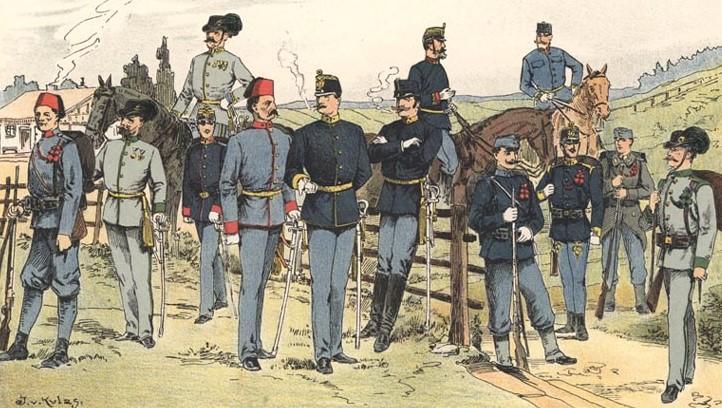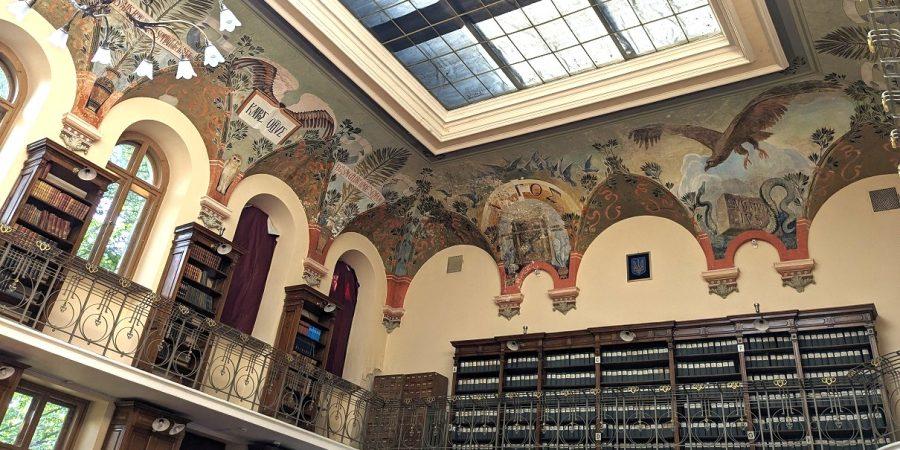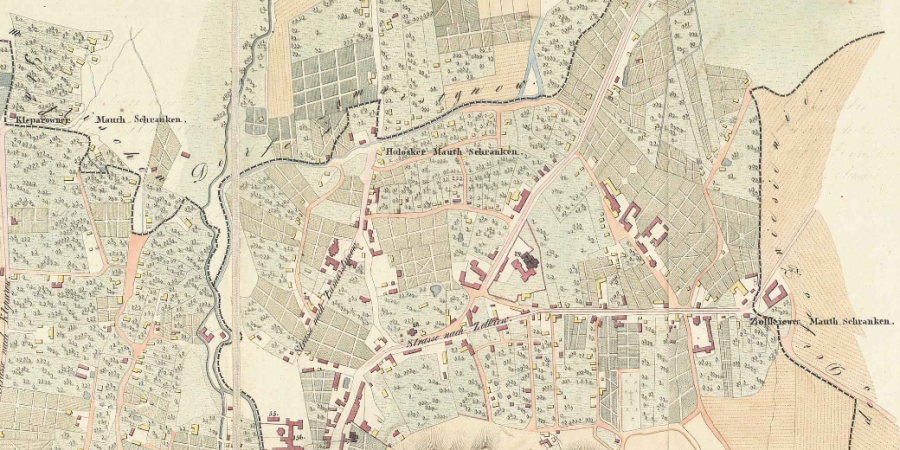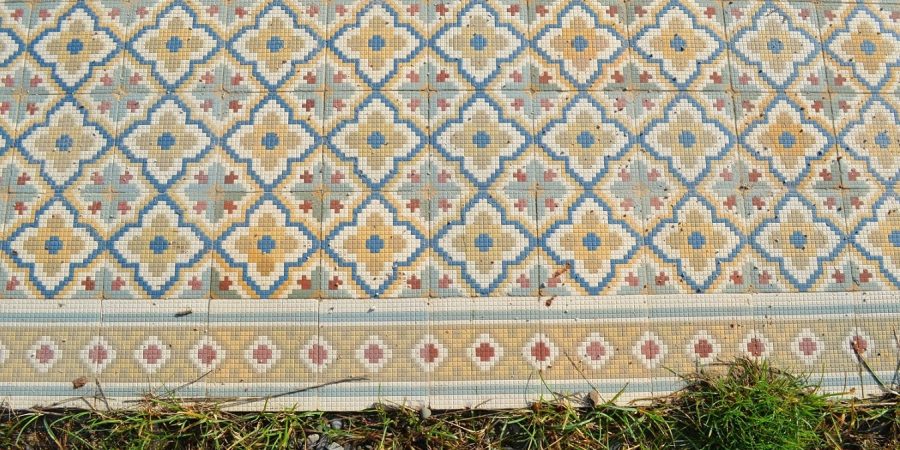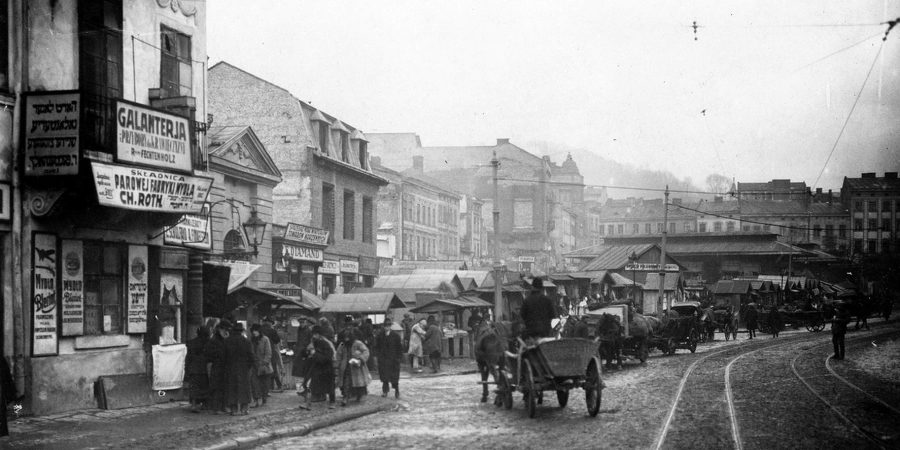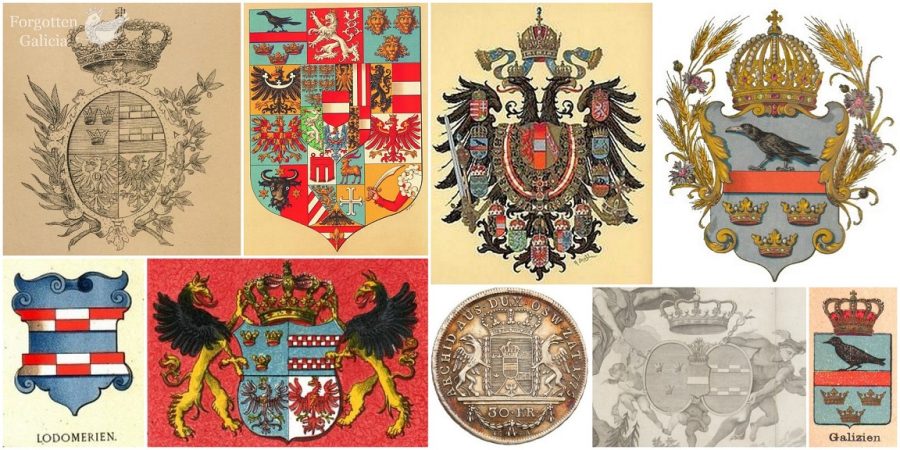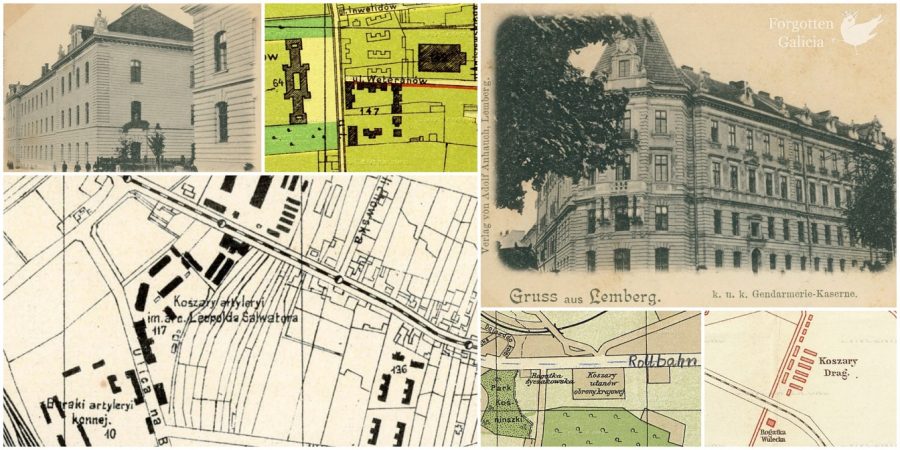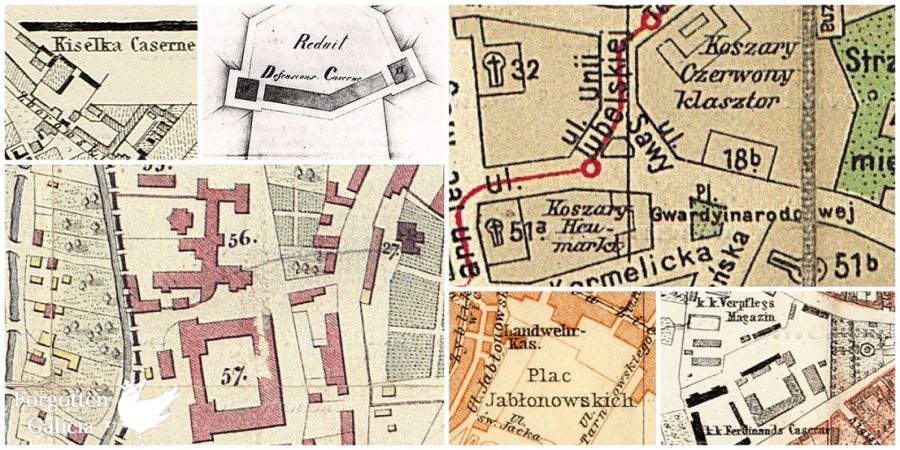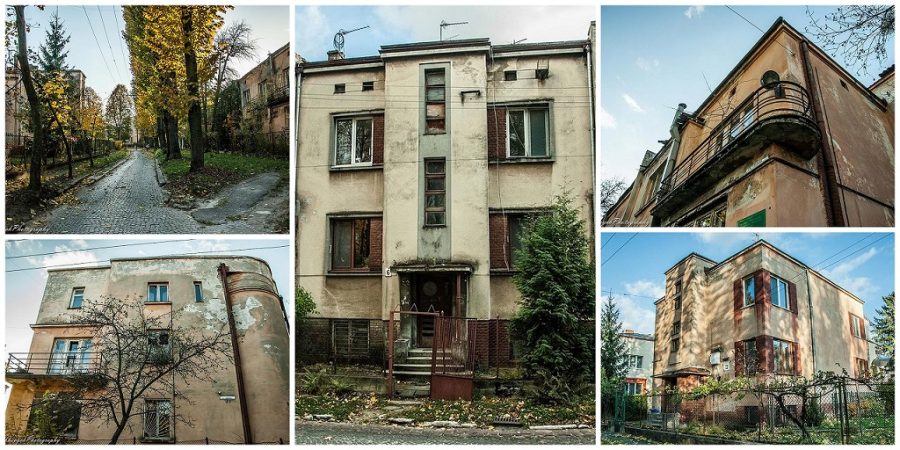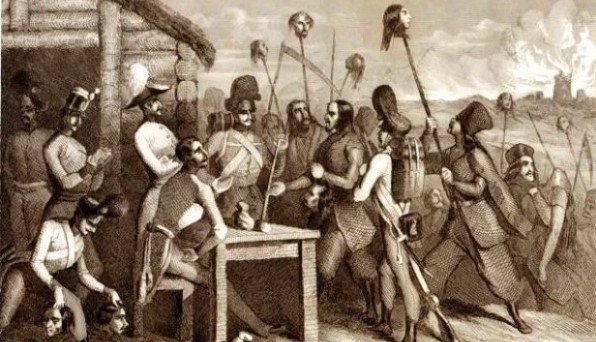By Evan Samborski Through dangerous gamesmanship of its nationalism policy by mixing concessions with brutally underhanded tactics to manage competing national projects, the Austrian-Hungarian Empire cultivated a great deal of conscription units from the territory of Galicia prior to, and through World War One. The course of dedication to state […]
— —
A list of websites and blogs related to the history or culture of Galicia, as well as other resources that have inspired me. Urban Studies & Lviv Photo & Map Archives Ukrainian Jewish Polish Lemkos Galician Germans Galicia & Eastern Europe Architecture & Infrastructure & History Music Galician Genealogy: Facebook […]
The first tollgates (Polish: rogatka; German: Schranke) in Lviv (Lemberg / Lwów) appeared at the end of the eighteenth century when Galicia passed into the possession of the Habsburgs. Until then, customs duties were collected at the city gates that were set within the city walls. In 1777, the dismantling […]
By Kasia Komar-Macyńska for Nasze Słowo A bell tower was here, right here. Now we go inside… there was a white and black cement tile floor. But when the church was dismantled, they probably liked it, so they took it. But for some reason it was left at the sanctuary — […]
An excerpt from Tamten Lwów—an eight-volume monograph about Lwów (Lviv)—in which Witold Szolginia describes the Jewish quarter as he remembers it from his visits in the 1930s. Witold Szolginia (1923-1996) was an architect, a native of Lwów until he was expelled to present-day Poland in 1946. Called “the encyclopedist of […]
— —
Galicia is a historical and geographical region in central-eastern Europe, today divided between western Ukraine and eastern Poland. Galicia as a geopolitical entity was created in 1772 with the establishment of the Kingdom of Galicia and Lodomeria, the Habsburg Monarchy’s most eastern crownland. The capital of the province was Lemberg […]
Today the jackdaw is the most recognizable symbol of the Kingdom of Galicia and Lodomeria; yet, this crow was not even found on the crownland’s first coat of arms, which featured three crowns for Galicia along with separate symbols for Lodomeria and Auschwitz (Oświęcim). Why was the first coat of […]
From the End of Nineteenth Century to WWI When Galicia came under the rule of the Habsburg Monarchy in 1772, no specially built barracks or barracks complexes existed in Lviv. At first, the Austrian military used the premises of Lviv’s monasteries for magazines (ammunition storehouses) and barracks (Ger: Kaserne/Caserne; Polish: koszary; Ukr: касарні, казарми, кошари). […]
From the end of the 18th century to the middle of the 19th century After the Habsburg Monarchy began to rule Galicia, a large number of land holdings became property of the Austrian military. This is no wonder as the military required considerable resources such as fields, mills, magazines (ammunition […]
Location: Main streets – Iryny Wilde St., Nishchynskoho St., Mizhhirna St.Built for: EducatorsFunded by: Society for Lending and Construction for Employees of Secondary and Higher Educational Institutions in LvivYears of construction: 1935-Architects: Tadeusz Wróbel, Leopold Karasiński, and Maximillian KochuraStyle: Functionalism (Modernism) After overcoming World War I and the financial crisis, […]
By Chris Wilkinson Harry Truman, the United States President from 1945 – 1953, once remarked that “the only thing new in the world is the history you do not know.” This is certainly appropriate when it comes to Eastern Europe. It is quite easy to find interesting historical topics from […]

